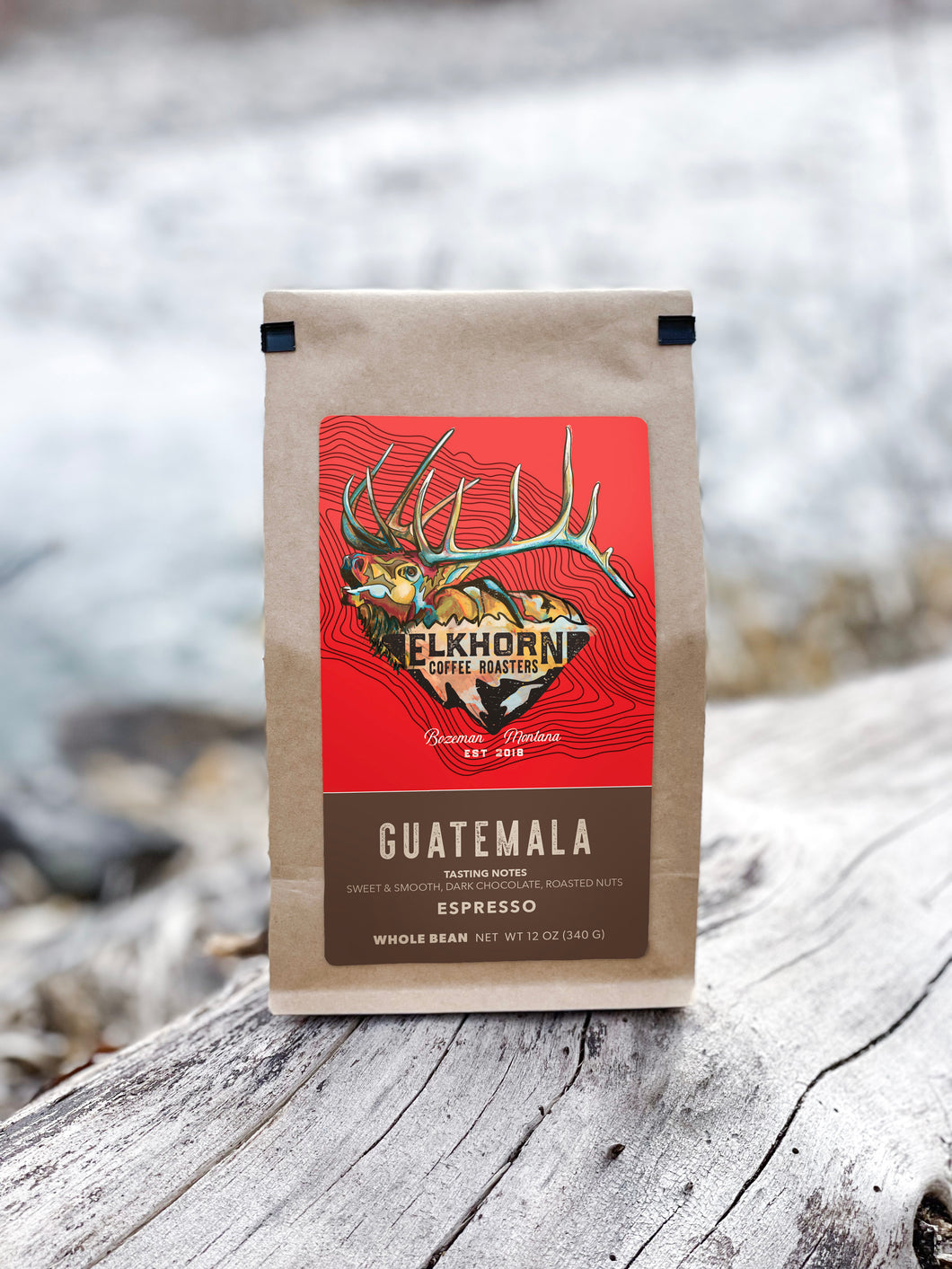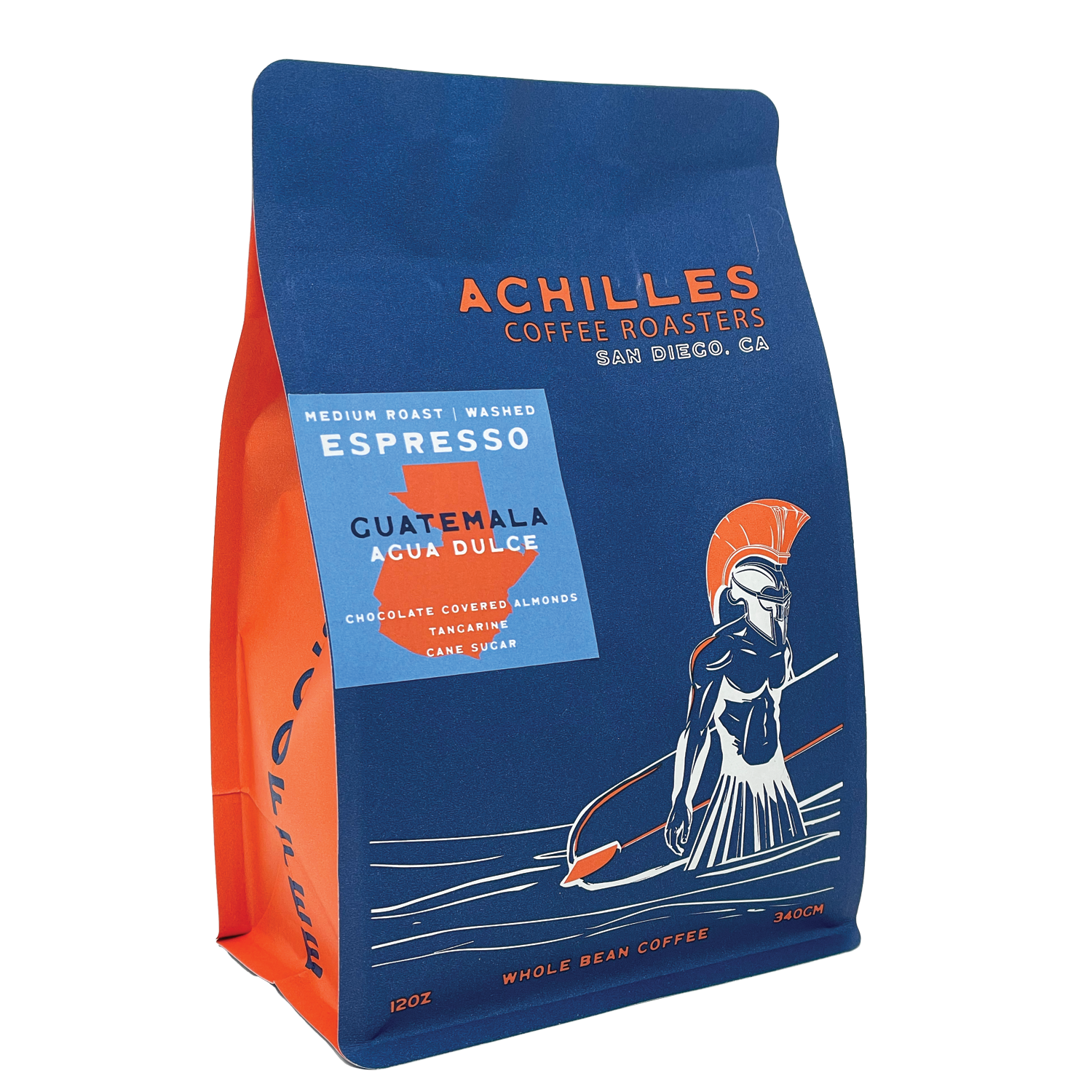SOE Single Origin Espresso – Celebrating Flavors from One Region
SOE Single Origin Espresso – Celebrating Flavors from One Region
Blog Article
Discovering the Rich Flavors of Coffee Beans: a Deep Dive Into Coffee and Blended Coffee Beans
When you discover the rich tastes of coffee beans, you discover an intricate world where each selection brings its own character to your mug. As you navigate via the art of espresso and the creativity behind mixed coffees, you'll begin to value the subtleties that make each sip one-of-a-kind.
The Origins of Coffee Beans: Discovering Terroir and Flavor Profiles
When you take a sip of coffee, you're not simply taking pleasure in a drink; you're experiencing an abundant tapestry of flavors shaped by the beans' beginnings. Each region generates distinct taste profiles affected by soil, environment, and altitude. Beans from Ethiopia often rupture with intense, fruity notes, while those from Colombia have a tendency to supply a balanced, nutty sweet taste.
As you explore different beginnings, you'll discover just how terroir-- the environmental aspects influencing a crop-- plays a crucial duty - Single Origin Espresso. The same coffee range can taste significantly various relying on where it's grown
When you think about these variables, you start to appreciate the complexity behind your cup. Each sip narrates of the land and the farmers that nurtured the beans. So, next time you indulge, consider the trip your coffee took before it reached your hands, and enjoy those complex tastes that mirror its beginning.
Understanding Coffee: The Art and Scientific Research Behind the Mixture
When you believe regarding espresso, it's not practically the solid taste; it's additionally regarding the methods that bring it to life. Comprehending how various prep work approaches effect taste can transform your developing experience. Allow's check out the details of coffee preparation and discover the distinct taste profiles that make each cup unique.
Espresso Prep Work Strategies
Coffee prep work is both an art and a science, combining specific techniques with a deep understanding of coffee. To begin, you'll wish to select top notch, freshly baked beans and grind them finely for suitable removal (Single Origin Espresso). The work size is vital; as well coarse, and your coffee will be weak, also fine, and it'll be bitter
The outcome should be a rich, luscious espresso with a lovely layer of crema on top. With practice, you'll grasp these strategies.
Flavor Accounts Explained
The globe of coffee provides an abundant tapestry of flavor accounts that can boost your coffee experience. When you take that first sip, you'll observe an equilibrium of acidity, sweet taste, and bitterness. Each espresso bean carries special notes, from fruity and flower to nutty and chocolaty. Light roasts frequently display intense acidity and dynamic tastes, while dark roasts present deeper, bolder tones.
Recognizing these accounts aids you pick the ideal coffee for your taste buds. Exploring with different blends can expose unexpected combinations. A well-crafted mix could balance the brilliant notes of an Ethiopian bean with the rich, chocolatey undertones of a Brazilian bean. Welcome the trip of finding espresso's diverse tastes, and you'll change your coffee ritual right into an amazing experience.
Handling Techniques: How They Impact Taste and Aroma
While it could appear that the origin of coffee beans is one of the most considerable consider establishing their taste and aroma, the handling methods made use of post-harvest play a similarly necessary function. You'll find that these techniques can substantially change the final preference profile of your mug.
As an example, the washed procedure removes the fruit from the beans prior to fermentation, typically leading to a cleaner, brighter taste. On the other hand, the natural process leaves the fruit intact during drying out, resulting in a sweeter, fruitier account.
Other techniques, like honey processing, strike a balance, permitting some fruit mucilage to stay, giving a special complexity.
Each processing strategy communicates with the beans' fundamental features, improving or silencing particular tastes and aromas. So, when you sip that coffee or combined coffee, keep in mind that the journey from cherry to mug is affected not just by origin however additionally by how those beans were processed.
Toasting Strategies: Unlocking the Full Prospective of Coffee Beans
Roasting strategies are important for exposing the complete possibility of coffee beans, as they change raw, green beans into the aromatic, delicious coffee you appreciate. The selection of roasting method-- light, medium, or dark-- substantially influences flavor profiles. Light roasts preserve the beans' natural acidity and fruity notes, while tool roasts equilibrium sweet taste and splendor. Dark roasts, on the various other hand, stress bold, smoky flavors.
You can experiment with roasting times and temperatures to locate your excellent mixture. A slower roast at reduced temperature levels permits for intricate tastes to create, while a quicker roast can intensify bitterness. Pay attention to the cracks during toasting; the initial split shows a light roast, while the 2nd split signals a dark roast. By understanding these strategies, you'll reveal a world of taste, raising your coffee experience to new heights. Appreciate every sip, knowing the care that entered into your mug!
The Magic of Blended Coffee: Developing Distinct Taste Experiences
Producing a distinct taste experience with mixed coffee can visit this site right here change your morning routine into an expedition of taste. By incorporating different beans from numerous regions, you can disclose a symphony of tastes that elevate your mug to new heights. Each mix offers a distinctive profile, stabilizing sweet taste, acidity, and body to create something genuinely special.
When you pick a blend, you're not just choosing a coffee; you're picking a journey across varied landscapes and societies. Exploring with various mixes allows you to find your individual faves, whether you delight in fruity notes or abundant, chocolatey touches.

Sampling Notes: Identifying the Nuances in Your Cup
As you sip your coffee, you may observe a range of tastes dancing on your palate, each revealing the ins and outs of the beans. You might taste the intense level of acidity evocative citrus or the deep, rich notes akin to dark chocolate. The sweetness could evoke honey or caramel, balancing the general profile magnificently.
Pay focus to the body of the coffee-- does it really feel ventilated and light, or is it complete and creamy? The finish, too, offers clues; a lingering aftertaste may hint at nuttiness or floral undertones.

Don't forget to discover the unique characteristics of different beginnings, as each area presents distinctive flavors - Single Origin Espresso. Ethiopian coffees commonly existing fruity notes, while Colombian beans may showcase a more rounded sweetness. By acknowledging these nuances, you'll grow your recognition for every mug, raising your coffee experience to new elevations

Developing Methods: Making The Most Of Taste Removal for Every Bean
When you discover the different developing techniques, you'll discover that each strategy can substantially impact the taste profile of your coffee. From French press to pour-over, each approach essences different substances, enhancing or silencing particular notes. For example, utilizing a French press allows oils to continue to be in the brew, developing a richer taste, while pour-over stresses clearness and illumination.
Temperature level and grind dimension also play crucial functions. A coarser work works best for cold mixtures, while a great work is perfect for espresso. Exploring with water temperature-- between 195 ° F and 205 ° F-- can reveal surprise tastes, also.
Do not forget steeping time; a fast removal can cause sour notes, while over-extraction might yield resentment. By changing these variables, you can take full advantage of taste extraction and really raise your coffee experience. Appreciate the journey of her latest blog finding what technique ideal matches your palate!
Frequently Asked Concerns
What Is the Suitable Water Temperature Level for Developing Coffee?
The ideal water temperature for brewing coffee's between 195 ° F and 205 ° F. If you utilize water that's as well warm, you'll over-extract tastes; also cool, and you will not remove sufficient. Objective for that wonderful area for the very best mixture!
Just How Does Work Dimension Impact Coffee Taste?
Work dimension substantially affects coffee flavor. Finer grinds extract more oils and flavors, resulting in a bolder taste, while coarser grinds yield a lighter taste. Readjusting work dimension assists you accomplish your preferred coffee profile.
Are There Health Benefits Related To Drinking Coffee?

What Is the Distinction In Between Arabica and Robusta Beans?
Arabica beans are smoother and sweeter, commonly featuring fruity flavors, while robusta beans are more powerful with a bitter preference and higher high levels of caffeine web content. You'll observe these differences in fragrance and developing experience.
Exactly How Can I Store Coffee Beans for Quality?
To keep coffee beans for freshness, maintain use this link them in a closed container, away from heat, dampness, and light. You'll maintain their taste longer if you just grind what you need right before developing.
Exploring the Abundant Flavors of Coffee Beans: a Deep Dive Into Coffee and Blended Coffee Beans.
When you check out the abundant flavors of coffee beans, you uncover an intricate world where each range brings its own personality to your cup.When you take a sip of coffee, you're not simply taking pleasure in a drink; you're experiencing an abundant tapestry of flavors formed by the beans' origins.Roasting methods are important for disclosing the full capacity of coffee beans, as they change raw, eco-friendly beans right into the aromatic, savory coffee you delight in.As you drink your coffee, you might observe a range of flavors dancing on your taste buds, each disclosing the complexities of the beans.
Report this page